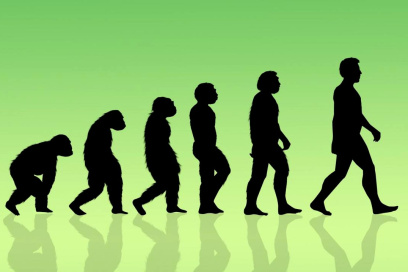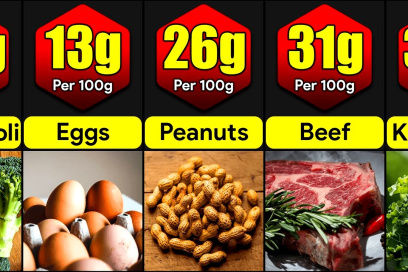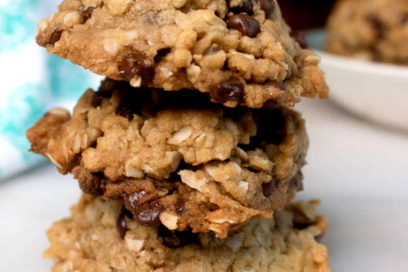Are you an advocate of vegan lifestyle, taking pride in showing compassion and kindness toward all living beings while enjoying fine champagne to celebrate life's most precious moments? As an upstanding follower of veganism, you are likely well aware of how crucial it is to inspect all forms of food from production through consumption in accordance with veganic principles.
Champagne remains contentious when discussing veganism, with increasingly careful and circumspect consumers questioning the ingredients used to produce it. Veganism is an ethical lifestyle choice which disapproves of animal exploitation or maltreatment for any purpose; whether for consumption purposes, apparel requirements or any other objective; therefore vegans strive to select products which adhere to this code of ethics.
This composition seeks to address whether champagne is suitable for vegan consumption, by exploring its production process and listing all animal-derived ingredients used during that process. Furthermore, this piece will explore trends indicating an increasing trend toward producing vegan-friendly champagne production - providing consumers like you with information to make well-informed decisions when purchasing champagne products.
After further discussions, we explore the rationales and factors responsible for making champagne compliant with vegan criteria, offering some insights about different stages of production that might contain non-vegan ingredients to keep you guessing. Furthermore, this missive provides some advice on what labels to look out for as well as closing thoughts about veganism's future vis-a-vis champagne production; keep reading to assess whether your choice of bubbly presents any cognitive dissonance with your emerging vegan tendencies.
I. Vegan-Friendly Champagne
Champagne, the epitome of celebratory luxury, has recently begun adopting veganism's principles and becoming increasingly accessible for those seeking guilt-free enjoyment. But don't be misled by its inherently vegan character: making champagne requires fermentation via yeast which often involves animal products like eggshells and dairy; thus introducing animal products in what should have been an innocent grape-to-bubbles transformation process.
Fear not; some champagne houses have recognized the significance of vegan principles and responded to an increase in demand for products suitable for vegans by using yeast that excludes animal-derived components - guaranteeing a cruelty-free, vegan product!
Even the finning process has taken steps to reflect ethical values. Fining agents such as gelatin and egg whites may work to remove impurities for an appealing, clear finish, but they are derived from animal sources, rendering champagne non-vegan. But hope remains, with alternative fining agents like bentonite clay or activated charcoal providing similar effects while not using animal products, making the final champagne product vegan-friendly.
Some champagne houses have gone further by using alternative sweeteners such as beet sugar in place of honey to produce vegan-friendly champagne. Although not all producers have made this shift yet, vegan-friendly champagne production is on the rise with more and more producers making ethically responsible decisions every day. Always check the label to make sure champagne is vegan-friendly before purchasing!
Vegan-friendly Champagne brands available now
- Larmandier-Bernier
- Pierre Gerbais Grantham Vegan
- Perrier Jouet
From organically produced to low dose champagnes being available now - champagne makers have recognized the ethical significance of being vegan and have successfully bridged taste and ethics to make these brews available to indulge and celebrate with.
"Veganism is not a sacrifice. It is a joy." - Gary L. Francione
II. Vegan-Friendly Champagne
To properly assess vegan-friendliness of champagne, one must gain an in-depth knowledge of its production process. Recognizing each step's complexity is vital as each can contain ingredients not compatible with vegan practices; champagne production can be broken down into six distinct stages containing unique components that provide insight into its perplexing and chaotic nature:
1. Harvesting
When purchasing grapes for champagne production, one should take care to exclude animal-farmed fertilizers and pesticides, which may violate veganism.
2. Pressing
After harvesting grapes, they undergo a pressing procedure in order to extract their precious juice. Once extracted, this fluid then separates from its skins and seeds allowing further diversity and complexity within champagne production.
3. Fermentation
At this stage, fermentation begins when proprietary yeast strains are introduced to grape juice to ferment and convert sugar to alcohol. While some champagne houses use animal by-product cultures for this step, others opt for plant-based variations which makes for an uncertain fermentation stage.
4. Riddling
Once fermentation has concluded, dead yeast cells known as lees begin to settle at the bottle's base. Riddling begins when bottles are gradually turned from being vertical to an inverted position in order to help lees settle into their respective necks of each bottle.
5. Disgorgement
Once frozen and corked off, dislodging frozen lees is removed, creating seductively sparkling champagne that remains transparent. However, this stage can be challenging as animal products such as honey are commonly utilized; an increasing number of champagne makers now opt to substitute animal-derived materials with natural cane sugar for an unexpected yet exciting zing of flavor!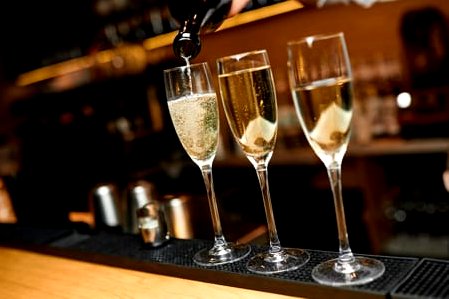
6. Dosage
At the conclusion of disgorgement, champagne makers use a mixture of wine and cane sugar to adjust its tartness and sweetness to meet consumer expectations. Many non-vegan resources are employed at this step, though more recently there has been an increase in demand for vegan-friendly resources.
Vegans must keep in mind that not all champagne manufacturers adhere to these methods of production, and some may include additional measures in their recipes. Therefore, prior to making any purchases vegans must conduct in-depth research on each brand's production method in order to ensure their purchase meets animal-free and vegan-friendly criteria.
As more society becomes vegan, champagne producers are moving toward ethical production processes. Many champagne makers have become aware of animal welfare issues and altered their methods accordingly; Moet & Chandon for instance has eliminated animal-derived materials from its packaging while Ruinart switched out these elements for clay bottles.
Awareness of the champagne production process and any possible presence of non-vegan ingredients is of vital importance for vegans. With society emphasizing ethical and environmental considerations and champagne makers taking steps towards vegan-friendly production facilities, consumers can be informed of all available options.
Check out vegan-friendly.org.uk for Vegan-Friendly Champagne.III. Champagne Production Process
Finding vegan-friendly champagne requires careful reading of its label. While some producers readily acknowledge whether their products are vegan-friendly, others remain quiet on this matter - creating a formidable challenge for consumers looking to pursue ethical and eco-friendly consumption habits. Yet there are certain aspects that savvy vegans can look out for that will enable them to determine whether the product meets these criteria or not.
Factors to consider
One factor is alcohol level; French government regulations stipulate that champagne must contain at least 12% alcohol content, with higher percentage champagnes often being more vegan-friendly due to omitting animal-derived sugars from sweetening it. Harvest dates also offer insight into vegan-friendliness as older bottles typically use non-vegan production methods than newer champagnes.
Seek certifications
PETA, the Vegan Society or European Vegetarian Union certification can provide assurance of vegan-friendliness. When reading labels carefully it's also worth looking out for animal-based ingredients like egg whites or isinglass that may have been used during production; such evidence would indicate the champagne may not be vegan-friendly.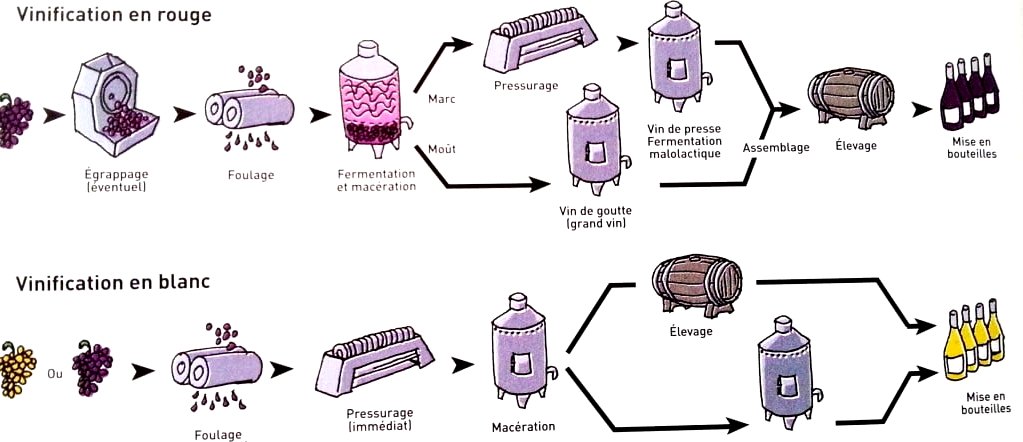
Look for hints on the label
Some champagne producers may provide their champagnes under a "brut nature" label to indicate no additional sugar was added during production, making them suitable for vegan diets. Some champagne houses go the extra step by providing an indication on their label that states their vegan-friendliness.
Organic vs Vegan champagnes
As illustrated, reading a champagne label can be a difficult and confusing task, yet vegans must still take precautions in their consumption choices. Vegans must pay particular attention when distinguishing organic from vegan champagnes - even though organic champagne may contain no non-organic ingredients, there may still be gelatine present that makes the champagne unsuitable for consumption.
Making it easier
As consumer behaviors shift towards ethical consumption habits, champagne makers recognize the significance of meeting vegan consumers' needs. E-commerce has provided easy access to information regarding ingredients used throughout production processes - making finding vegan-friendly champagne less of an uphill battle!
IV. What to Look for on the Label
V. Veganism in Champagne Production: An Ethical and Sustainable Shift
Veganism has created a surge of moral consciousness across society. Alongside this awareness come demands for cruelty-free and eco-friendly products; champagne makers have recognized this change in consumer preferences to accommodate vegan customers - driving innovation towards vegan-friendly champagne production.
Champagne producers face an ever-increasing challenge of providing vegan-friendly products while still satisfying customer taste preferences. Bollinger uses alternative sweetening techniques - without animal products - which show their awareness of ethical concerns associated with animal exploitation in production. This indicates larger champagne houses' acknowledgement of these issues surrounding animal rights abuse during production.
As conscious consumers grow in number, independent certifying organizations like the Vegan Society are developing standards to enable champagne makers to meet vegans' needs. This strategy creates a win-win scenario between consumers and producers: while consumers can purchase ethically sound champagne while producers can tap into a growing market and reduce environmental impact.
Producing vegan-friendly champagne offers champagne producers a distinctive opportunity to stand out in an increasingly competitive market. Producing vegan champagne creates an attractive selling point for ethical-minded customers looking for responsible purchases; those who embrace these new market trends by taking innovative steps towards creating a sustainable future for the industry will thrive.
Veganism's rise cannot be denied, and vegan-friendly champagne production represents an ethical and sustainable change that must be welcomed by industry players. Consumer preferences favoring eco-friendly production practices can no longer be ignored by champagne industry executives; with future production providing consumers with an option to enjoy the classic flavor while making ethical purchasing decisions through purchases; vegan champagne production provides consumers with an option for enjoying classic taste while making ethical purchasing decisions through purchasing power - something we all should look forward to as we move toward sustainable and ethical future for this industry.
Vegans and Champagne: A Closer Look at Labels
Vegans should exercise caution when purchasing champagne as it contains ingredients derived from animals or animal by-products that could compromise its suitability for consumption. In particular, vegans must closely examine the label to make sure no animal by-products or by-products are included; beware however as certain brands use animal-derived fining agents which serve to clear wine further.
Additionally, it's essential to realize that champagne labels may contain vital information, including its country of origin and grape variety used during production as well as sweetness level and alcohol content. Such information will determine its quality, style and taste as well as suitability for various events or special occasions.
Add further confusion by using unfamiliar terminology and wine jargon - such as "Blanc de Blancs" and "Brut Nature" which might seem intimidating, yet these have specific meanings which could guide the buyer in making his or her selections.
Reading the label on a champagne bottle is an important task for vegans and requires an understanding of its ingredients as well as any applicable wine jargon or additional information. By paying close attention to their labels, vegans can make informed and ethical decisions while enjoying this bubbly treat!


